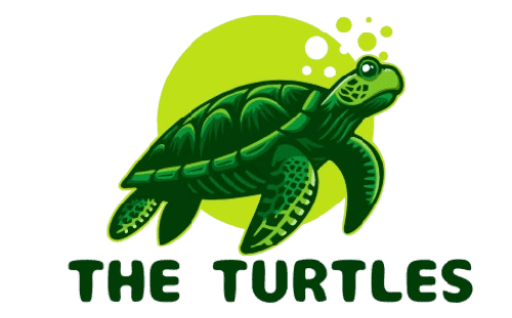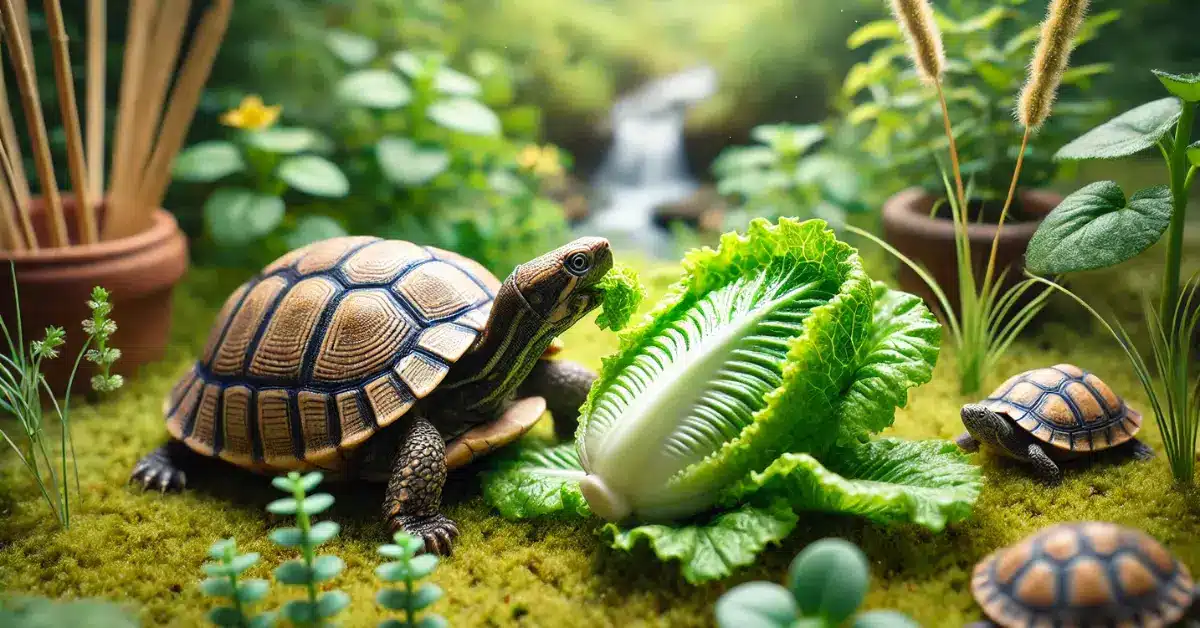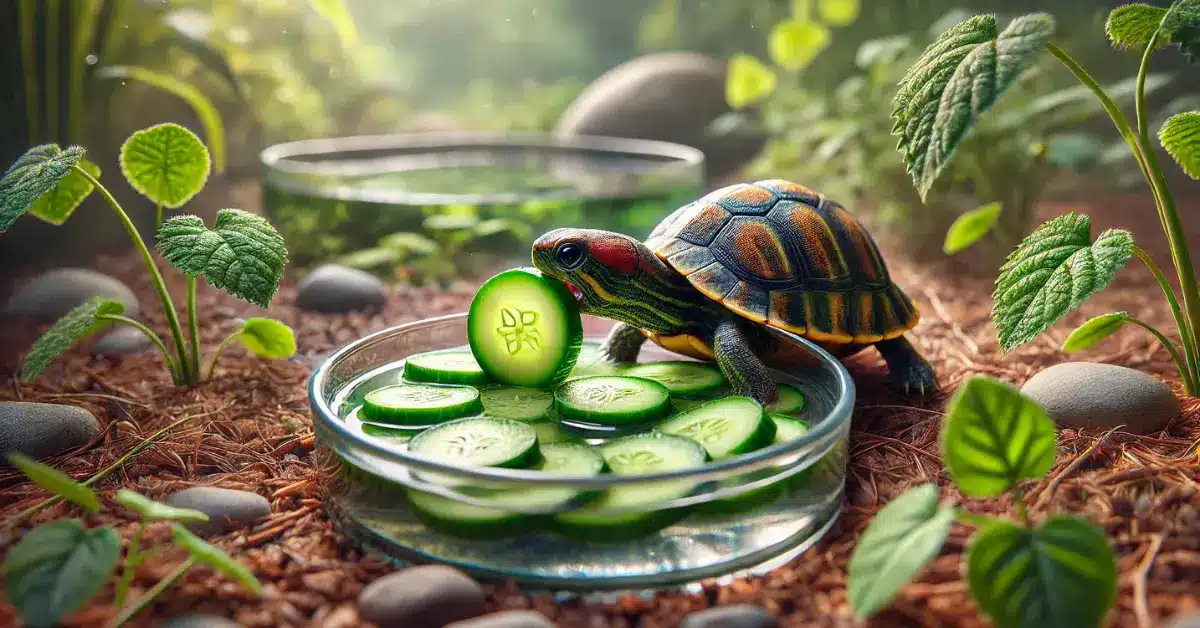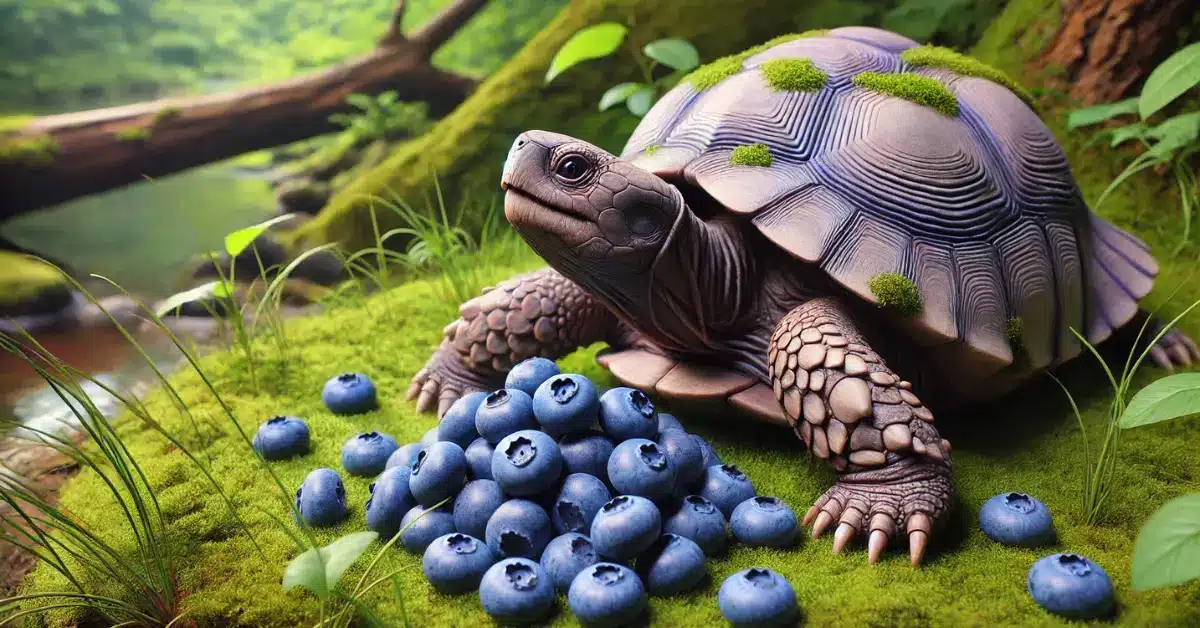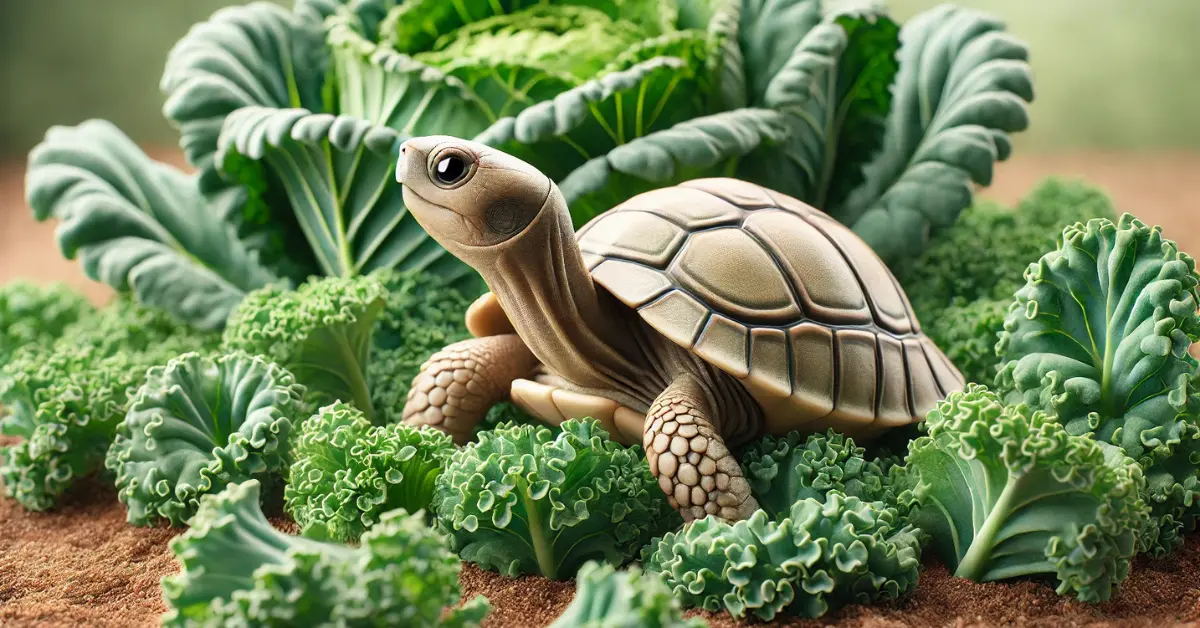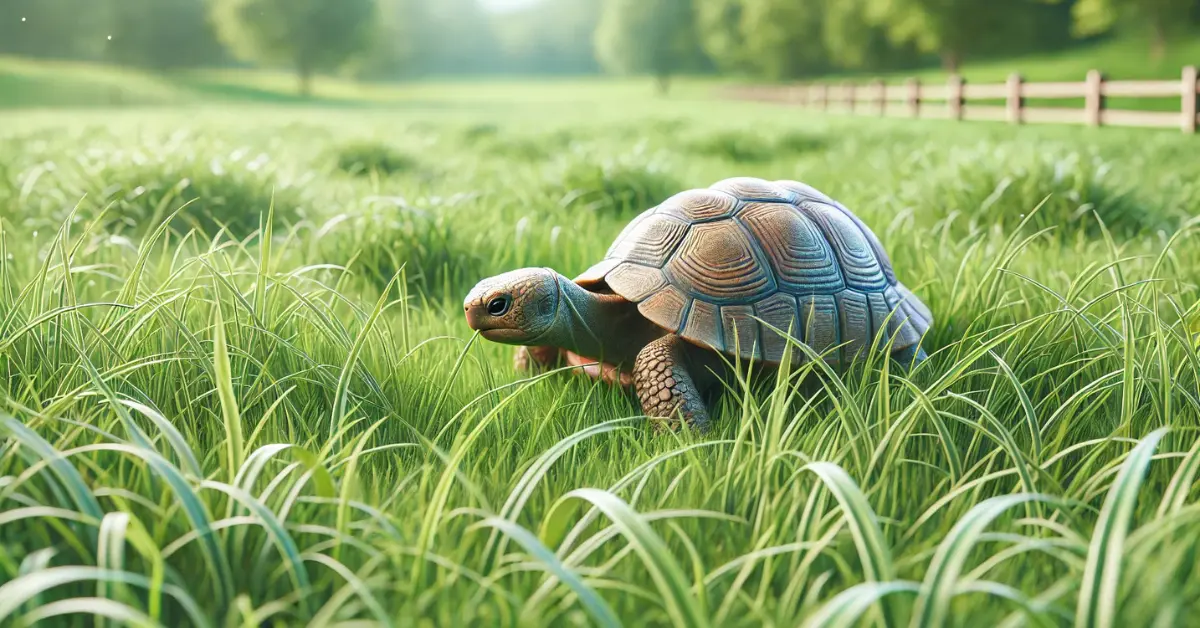Turtles are interesting pets with special diets, which leads many owners to wonder, Can Turtles Eat Spiders? This question opens up a fun discussion about what turtles can safely eat. In this blog, we will look at the good and bad sides of feeding spiders to turtles, helping you make smart choices for your pet’s health. Let’s get started!
Table of Contents
ToggleNutritional Value of Spiders
Spiders might not seem like a typical turtle snack, but they do have some good stuff in them. Here’s a simple chart showing what spiders can offer:
| Nutrient | Amount per Spider (approx.) |
| Protein | 7 grams |
| Fat | 1 gram |
| Fiber | 0 grams |
| Vitamins | B vitamins (varies) |
| Minerals | Iron, Zinc (varies) |
Potential Benefits of Spiders for Turtles
Feeding spiders to turtles can have some benefits. For example, spiders are high in protein, which helps turtles grow strong and stay healthy. The different textures of spiders can also make mealtime more fun for turtles. They enjoy exploring and finding their food, just like they would in the wild.
Plus, some turtles eat insects as part of their natural diet. Offering spiders can make their meals more exciting and closer to what they might find outdoors.
Turtle Species That Might Eat Spiders
Not all turtles are the same, and different species have different diets. Some turtles are more likely to eat spiders than others. Let’s look at a few turtle species that might enjoy this unusual snack.
Box Turtles (Terrapene)
Box turtles are known for their love of variety in their diet. They enjoy both plants and animals. Since box turtles often eat insects, they might happily munch on spiders as part of their meals. Just make sure the spiders are safe and from a clean area!
Wood Turtles (Glyptemys insculpta)
Wood turtles are also open to eating different types of food. They often forage for insects, making spiders a suitable option. Their natural diet includes a mix of plants, fruits, and small animals, so spiders can fit right in.
Aquatic Turtles like Red-eared Sliders (Trachemys scripta elegans)
Red-eared sliders, a popular pet turtle, usually eat a mix of plants and animals. They might enjoy snacking on small spiders if they catch them. These turtles are adventurous eaters, so offering them spiders can be a fun treat, as long as you ensure the spiders are safe.
Spider Species and Their Safety for Turtles
When thinking about feeding spiders to your turtles, you must consider the type of spider. Not every spider is safe, so let’s look at some common types and their risks.
Common House Spiders
Common house spiders are generally safe for turtles. They don’t carry toxins that harm pets. However, always make sure they come from a clean environment to avoid any harmful chemicals.
Venomous Spiders and Their Risks
Some spiders are venomous, like black widows and brown recluses. These spiders can be dangerous not just to humans but to turtles as well. Feeding these spiders to your turtle can lead to serious health issues, so it’s best to avoid them entirely.
Size Considerations: Small Spiders vs. Large Arachnids
When feeding spiders to turtles, consider their size. Small spiders are usually easier for turtles to handle and digest. Large spiders can pose choking hazards or be too tough for turtles to eat. Always choose smaller options to keep your turtle safe during mealtime.
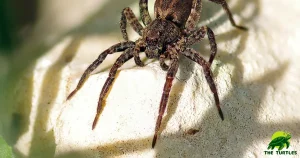
How to Feed Spiders to Turtles (Step-by-Step Guide)
Feeding spiders to your turtles can be a fun and healthy treat. Here’s a simple guide to help you do it safely.
- Choose the Right Spider: Start with safe spiders, like common house spiders. Stay away from venomous ones, like black widows.
- Source Your Spiders: If you catch spiders outside, make sure they come from an area that doesn’t use pesticides. This keeps them safe for your turtle.
- Clean the Spider: Rinse the spider gently with water to wash off dirt. Don’t use soap or chemicals!
- Cut into Small Pieces (if needed): If the spider is big, cut it into smaller pieces. This makes it easier for your turtle to eat and helps prevent choking.
- Offer the Spider: Place the spider or the pieces in your turtle’s feeding area. Watch how your turtle reacts. They may eat it right away!
- Monitor Your Turtle: After feeding, keep an eye on your turtle. Look for any signs of trouble or discomfort.
Wild Turtles vs. Pet Turtles: Different Perspectives
Feeding practices can vary between wild and pet turtles. Here’s an easy-to-read table that compares the two:
| Aspect | Wild Turtles | Pet Turtles |
| Food Variety | Eat many insects, including spiders | Get a specific diet from owners |
| Source of Food | Find food in their natural habitat | Food is provided by the owner |
| Safety of Food | Natural prey is usually safe | Owners need to check for safety |
| Dietary Habits | Naturally look for different foods | May need help trying new foods |
| Risks of Contamination | Minimal, they eat what is natural | Higher risk from chemicals |
Potential Risks of Feeding Spiders to Turtles
While feeding spiders can be good, there are some risks:
- Choking Hazards and Physical Injuries
Larger spiders can be a choking risk. Always cut big spiders into small pieces to help your turtle eat safely.
- Pesticide Contamination in Wild-Caught Spiders
Spiders caught outside may have pesticides on them. These chemicals can be harmful to your turtle, so always check the area they come from.
- Allergic Reactions or Digestive Issues
Some turtles may not react well to new foods, including spiders. Watch for signs of allergies or digestive problems, like unusual behavior. If you notice anything strange, talk to a veterinarian.
Read more: Do turtles eat minnows?
Conclusion: Can Turtles Eat Spiders?
In conclusion, the answer to “Can Turtles Eat Spiders?” is yes, but there are some important things to consider. Many turtle species, like box turtles, wood turtles, and red-eared sliders, might enjoy eating spiders as a treat. However, it’s very important to choose safe types of spiders and prepare them the right way.
Always remember the risks, such as choking hazards, pesticide contamination, and possible allergic reactions. By following the steps in this blog, you can help make feeding time safe and fun for your turtle.
If you want to learn more about turtle care and diet, visit us at theturtles.info for more helpful tips and information!
FAQs About Can Turtles Eat Spiders?
Can all turtles eat spiders?
Not all turtles can eat spiders. Some species, like box turtles and wood turtles, may enjoy them, but it’s essential to know the specific needs of your turtle’s species.
Are house spiders safe for turtles?
Yes, common house spiders are generally safe for turtles. Just make sure they come from a clean environment free of pesticides.
What should I do if my turtle won’t eat the spider?
If your turtle doesn’t eat the spider, don’t worry! Turtles can be picky eaters. Try offering different types of food or wait a bit before trying again.
Can turtles get sick from eating spiders?
Yes, turtles can get sick if they eat the wrong kind of spider, like a venomous one, or if the spider has pesticide residues. Always ensure the spider is safe before feeding.
How often can I feed my turtle spiders?
Spiders should be a treat, not a regular part of the diet. Offer them occasionally, along with a balanced diet of other foods like vegetables and pellets.
What are the signs that my turtle is having a bad reaction to eating a spider?
Watch for signs like lethargy, not eating, or unusual behavior. If you notice any of these, consult a veterinarian right away.
Can I catch spiders from outside for my turtle?
You can, but make sure they come from areas free of pesticides and chemicals. Always rinse them before feeding.
Are there any spider types I should avoid?
Yes, avoid feeding your turtle venomous spiders like black widows and brown recluses, as they can be harmful or deadly.
